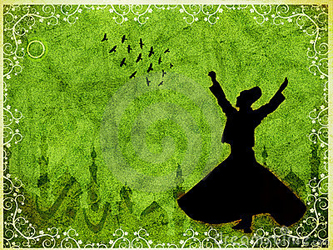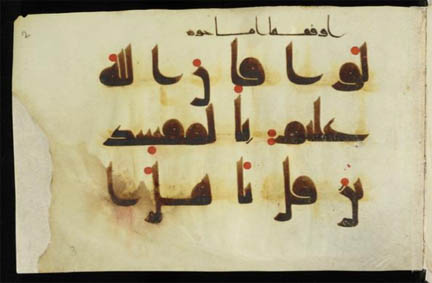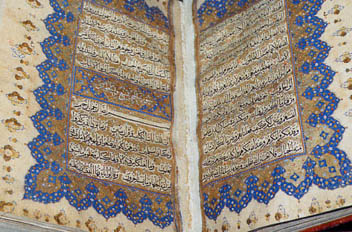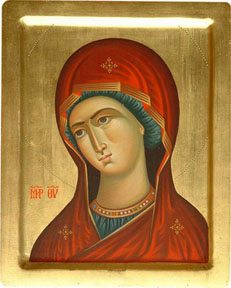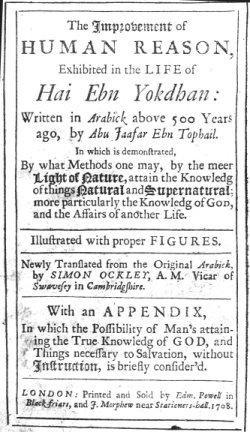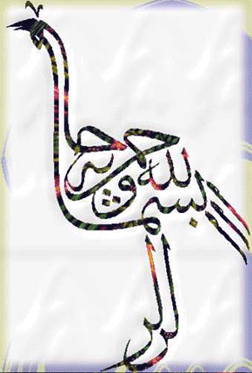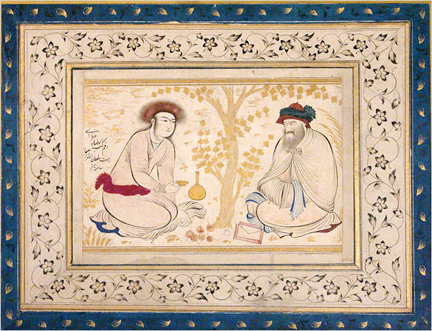
Photo:Metropolitan Museum of Art
by Misha Habib
America has changed so much since my adolescence. Growing up as an American bred a very different outlook on life from the breeding it is providing today. And it is a shame because America is a piece of land that made a promise to allow everyone to speak the truth; to do whatever it takes to find the truth and to fearlessly defend the truth no matter what the consequences.
When I look back over the last decade I see one of the unfortunate consequences of its moral degradation…
To create national support for an enemy, the last decade has been spent breeding hatred and resentment against a symbol.
Accumulating support to annihilate the enemy was strategized along the lines similar to the ones used for the Soviet Union. In a hurry, the symbol chosen accidently represented far more people than they initially estimated. And as time began to show they really had no idea what the power of that symbol held.
By the time someone realized this symbol has far more strength than the iron curtain…
By the time someone realized their own people would spend their lives fighting for sanctity of this symbol.
By the time they realized it was too late…
America had become a victim of Islamophobia
The objective was to unite the nation against a common enemy- whether fear, vengeance or accumulating oil was the reason is irrelevant- we might eradicate the enemy and we might find alternative energy sources, but we most definitely have a new problem.
The US government likes to plan for the worst and hope for the best. The reality is that breeding a decade of hatred has led to what the government probably fears may have accidentally sown the seeds of a situation they never intended.
American children have witnessed countless displays of hate towards Islam and all its associated parts. Whether it be towards the person sitting next to them in the subway or instructions warning them not to play with the potentially evil Muslim children; worse if a family member, neighbor or any soldier the child cared about died on the battlefield fighting the evil Muslim enemy, the child has dealt with the loss on the reassurance that the sacrifice was for a good cause.
Media in a lot of ways does rule the world- and the American media has a significant control over the national minds. When I watch an American movie or television miniseries and a visual displays the sounds of the azaan (call to prayer), followed by hoards of people bowing down in worship I know something bad or violent is about to be introduced onto the screen. Whether it is Hollywood or American television productions the last decade has made something very clear- Arabic words, Arabic sounds, veils, beards and Islamic forms of worship- all these things represent evil.
Ten years of subliminal messages are a powerful enemy to fight.
In the last decade those seeds have grown. Those children are now adults. Their breeding has been blossoming in ways that those watering the seeds could not have imagined- the government has lost control of the hatred.
What we now have is regret and an urgency to do damage control. The situation must be handled before it leads to the frightening scenario of future national violence or the many unthinkable possibilities that anger and hatred result in.
Today when a politician or spokesperson comes in front of the camera saying Islam is about peace; reassuring us there are many good Muslims and we should build them mosques in the name of peace, that too on places like ground zero- these statements will seem absurd in the face of those programmed to hate anything and everything that has to do with Islam.
Subliminal messages have a far more powerful impact that can be quantified and reversed.
Sufism has become an umbrella term for the various methods of preaching and practicing a peaceful Islam. A desperate attempt is being made to use this label to display a positive side of the religion. People are waving the label Sufi like a white flag in a war zone. Continue reading Eliminating Islamophobia →


